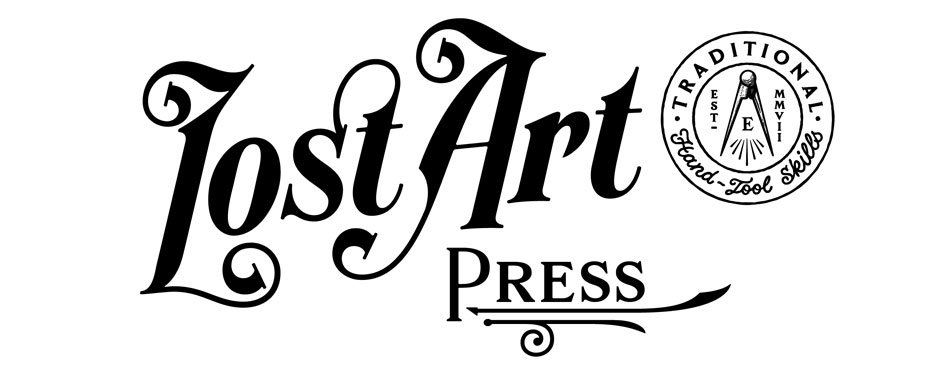
Comments are now closed – if there are any unanswered questions though, we’ll get to them shortly.
It’s Open Wire today, where you can ask Chris about his awkward woodworking gang signs (see above), and any other woodworking questions you might have. (I’ll chime in as time and necessity allow – but I’m teaching a Dutch tool chest class in our shop today, so my internet time is limited.)
Open Wire runs from now until 5 p.m. Eastern. Just type your questions in a comment, and one of us will answer – and you’re welcome to share your knowledge with answers, too! If we don’t get to your question right away, give us a little while, please. Chris is busy building another chair, surprise, and I am busy showing folks how to cut dados and rabbets today.
The Open Wire dates for 2026 are:
February 28
April 18
June 20
August 8
October 19
December 12
– Fitz






